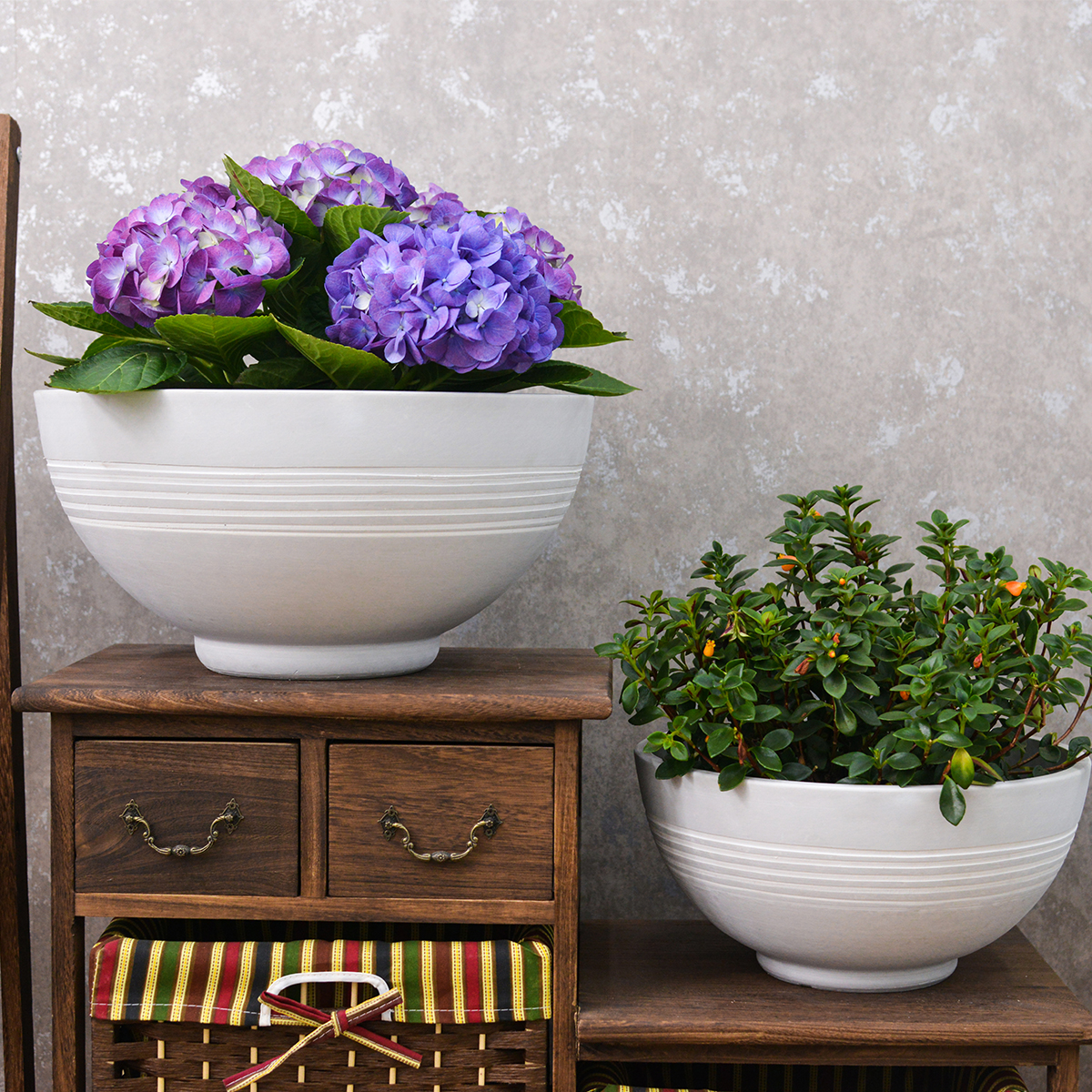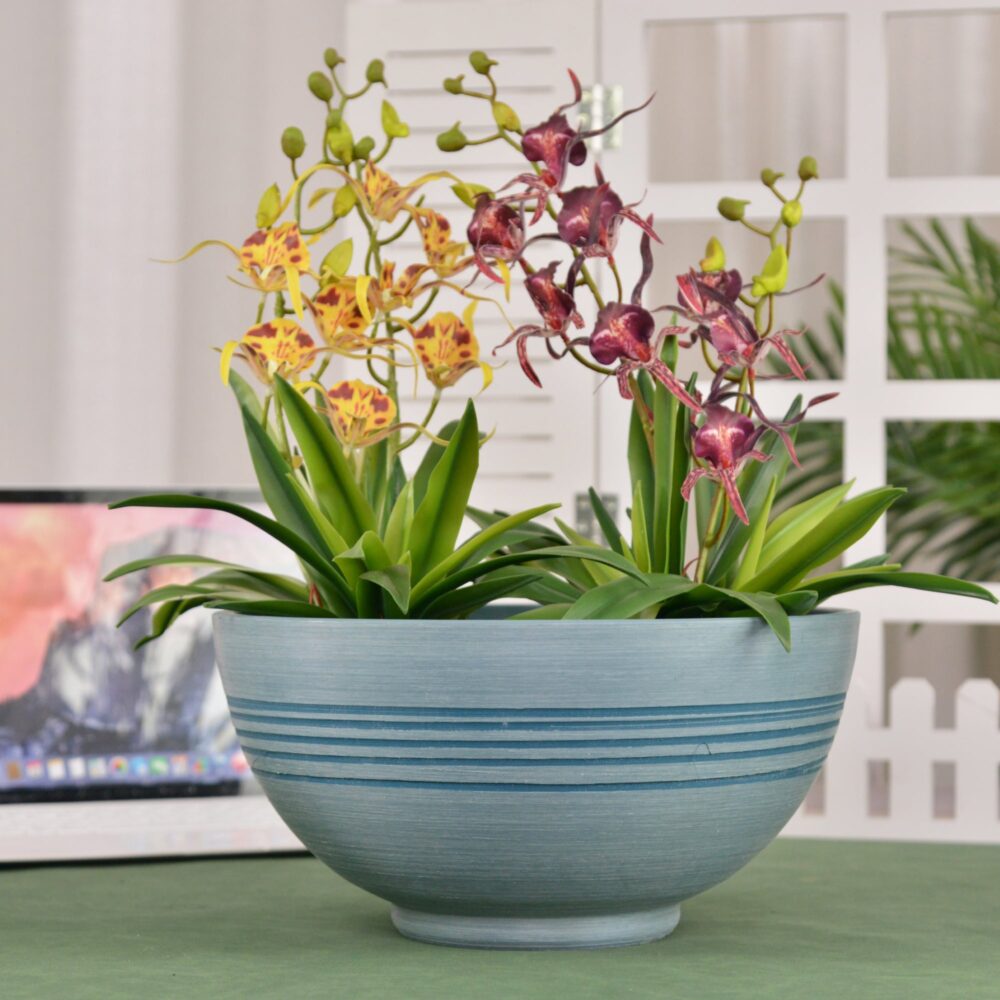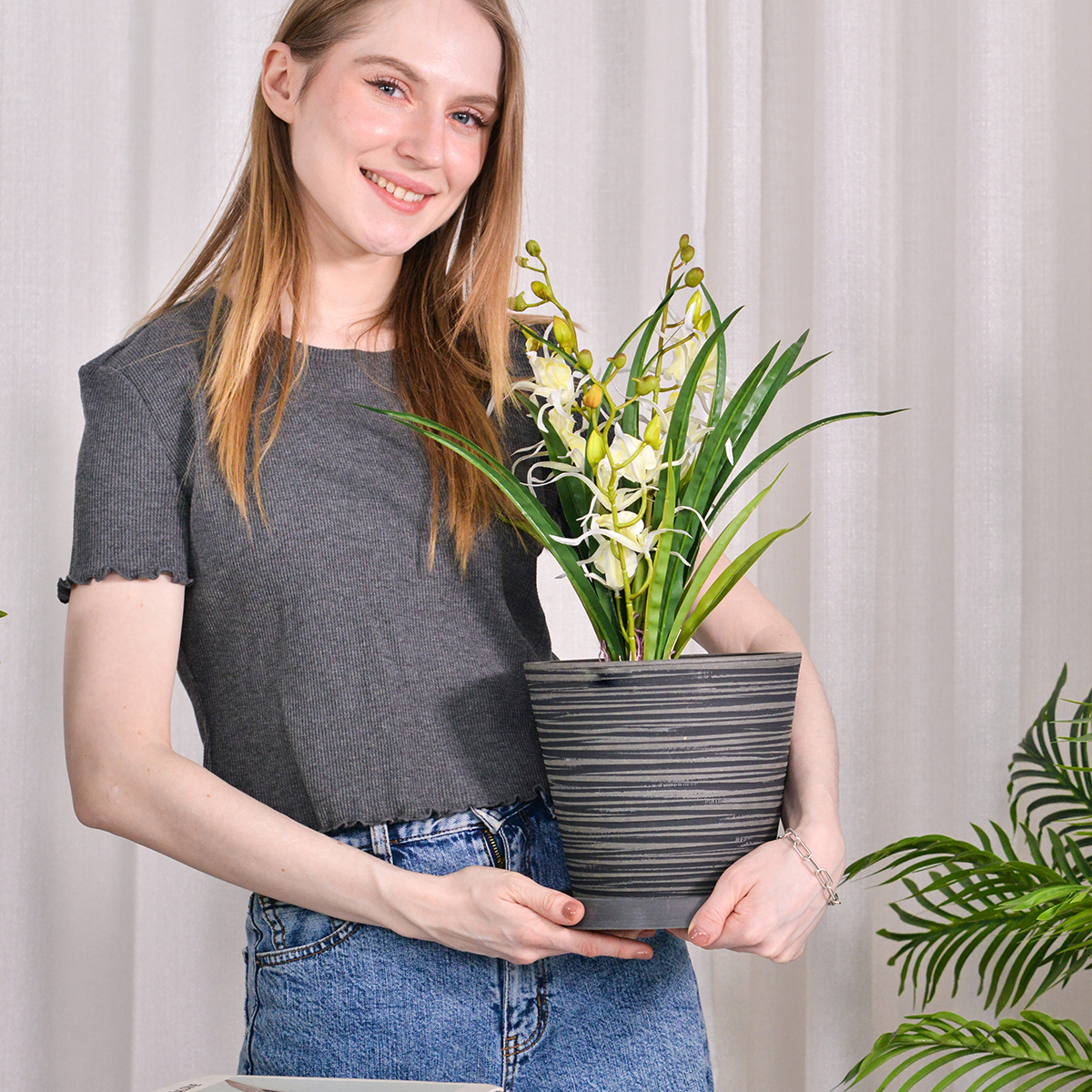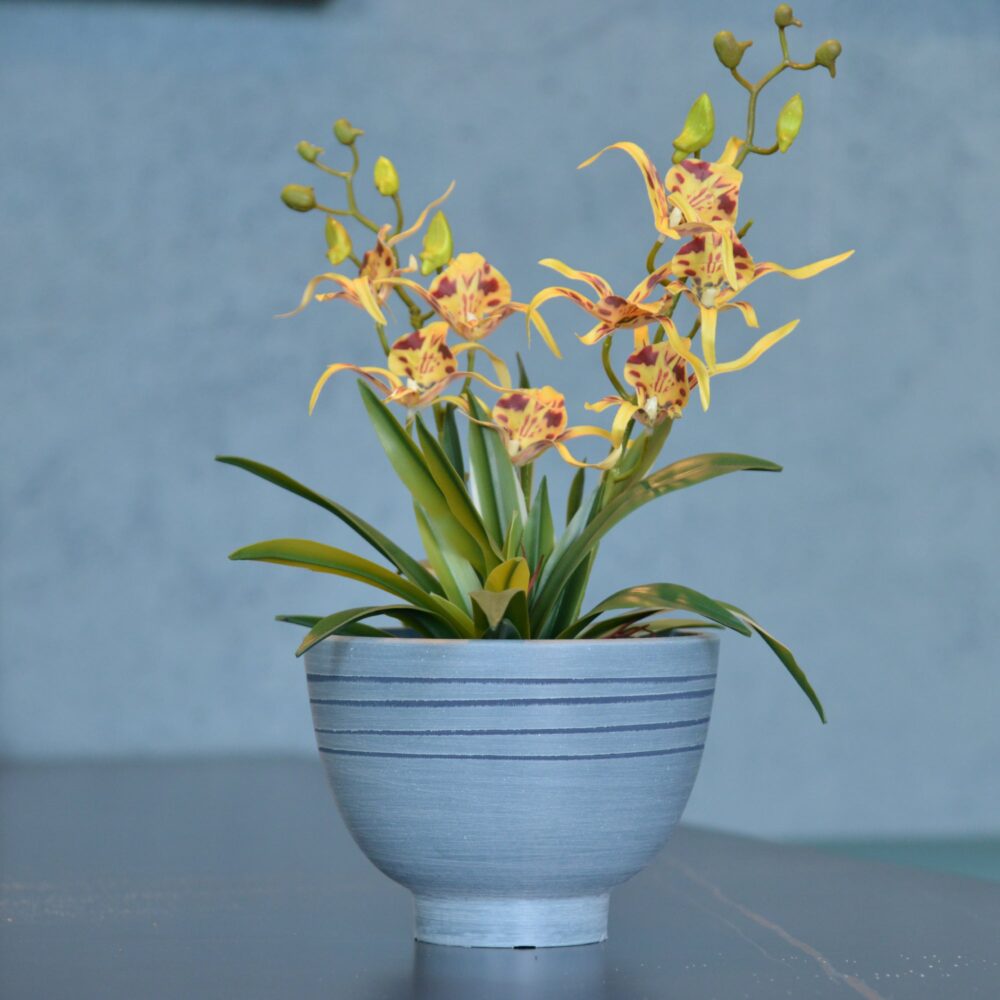Revive and Thrive: Cleaning Plant Roots for Optimal Health
Healthy, robust roots are the foundation of a thriving plant. Just like the Spanish article suggests, sometimes roots need a little extra care to stay strong and disease-free. While healthy roots are usually best left undisturbed, there are situations where cleaning them can be beneficial. Let’s explore how to safely clean plant roots using two common household ingredients: hydrogen peroxide and cinnamon.
Why Might You Need to Clean Plant Roots?
Cleaning plant roots isn’t a routine task, but it can be helpful in specific situations:
- Root Rot: Overwatering can lead to root rot, a condition where roots become waterlogged and deprived of oxygen, allowing harmful fungi to thrive. Cleaning away the rotted portions is crucial for recovery.
- Fungal Infections: Fungi can attack plant roots, hindering their ability to absorb water and nutrients. Cleaning can help remove the infected areas.
- Repotting: When repotting a plant that has been in the same container for a long time, you might notice a buildup of old potting mix or mineral deposits on the roots. Gentle cleaning can help remove this.
- Rescuing Neglected Plants: If you’ve acquired a plant that hasn’t been properly cared for, its roots might be in poor condition.
The Power of Hydrogen Peroxide for Root Cleaning
Hydrogen peroxide (H₂O₂) is a readily available household chemical that can be beneficial for cleaning plant roots due to its properties:
- Oxygenation: When hydrogen peroxide comes into contact with organic matter, it releases oxygen. This can help oxygenate the root zone, which is especially beneficial for plants suffering from overwatering and root rot.
- Disinfection: Hydrogen peroxide has mild antifungal and antibacterial properties, helping to kill harmful microorganisms that can cause root problems.

How to Use Hydrogen Peroxide to Clean Plant Roots:
- Identify the Problem: Determine if your plant’s roots are indeed suffering from rot or a fungal issue. Look for mushy, brown or black roots, and a foul odor.
- Gently Unpot the Plant: Carefully remove the plant from its pot and gently shake off as much of the old potting mix as possible.
- Inspect and Prune Affected Roots: Use clean, sharp pruning shears to carefully trim away any mushy, discolored, or dead roots. Healthy roots are typically firm and white or light brown.
- Prepare a Hydrogen Peroxide Solution: The key is to use the correct dilution. A common recommendation is to use a 3% solution of hydrogen peroxide (the standard concentration found in most drugstores) diluted with water at a ratio of 1 part hydrogen peroxide to 4 parts water. For more severe cases, some gardeners might use a slightly stronger dilution, but it’s best to start with the weaker solution to avoid damaging healthy roots.
- Rinse the Roots: Gently rinse the remaining healthy roots in the diluted hydrogen peroxide solution for a few seconds to a minute. You might see some bubbling, which is the hydrogen peroxide releasing oxygen.
- Allow to Air Dry (Optional): Some gardeners recommend allowing the roots to air dry for a short period before repotting to help prevent further fungal growth.
- Repot with Fresh Potting Mix: Use a well-draining potting mix appropriate for your plant. Ensure the new pot has drainage holes.
The Natural Touch of Cinnamon for Root Health
Cinnamon, as mentioned in the Spanish article, is a natural fungicide and can also help to promote healing in plants.
How to Use Cinnamon on Plant Roots:
- After Pruning: After you’ve pruned away any damaged or diseased roots, you can sprinkle ground cinnamon powder directly onto the cut surfaces of the healthy roots. This can help to prevent fungal infections from taking hold in the open wounds.
- In Potting Mix (Caution): Some gardeners add a small amount of cinnamon powder to their potting mix as a preventative measure against fungal issues. However, use this sparingly as too much cinnamon can potentially inhibit root growth in some plants.
Important Considerations and Cautions:
- Proper Diagnosis is Key: Ensure you’ve correctly identified the root problem before attempting to clean them. Sometimes, yellowing leaves or wilting can be due to other issues like nutrient deficiencies or improper watering.
- Start with Diluted Solutions: When using hydrogen peroxide, always start with a diluted solution to avoid damaging healthy roots.
- Cinnamon is a Supplement, Not a Cure-All: While cinnamon has antifungal properties, it might not be effective against severe infections.
- Focus on Prevention: The best way to keep your plant roots healthy is to provide proper care from the beginning, including appropriate watering, well-draining soil, and adequate light.
- Not for All Plants: Some plants are more sensitive than others. Research your specific plant species before using hydrogen peroxide or cinnamon on their roots.
- Avoid Overuse: Cleaning roots should be an occasional intervention, not a regular practice.
Promoting Healthy Root Growth Long-Term:
- Use the Right Potting Mix: Choose a potting mix that provides good drainage and aeration.
- Water Properly: Water only when the top inch of soil feels dry to the touch. Avoid overwatering.
- Ensure Good Drainage: Make sure your pots have drainage holes.
- Provide Adequate Light: Proper light levels help the plant photosynthesize and produce the energy needed for healthy root growth.
- Fertilize Appropriately: Provide your plant with the necessary nutrients during its growing season.
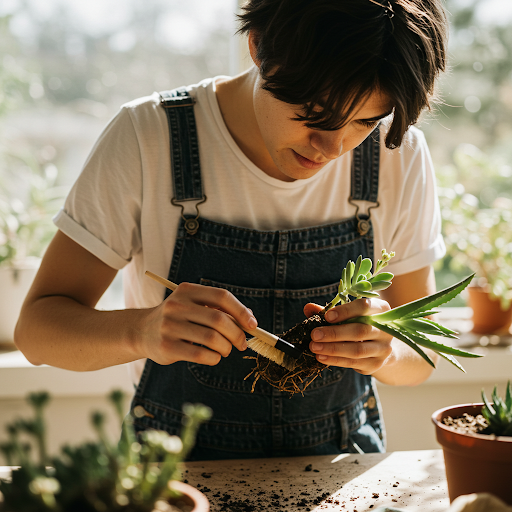
Conclusion:
Cleaning plant roots with diluted hydrogen peroxide and applying cinnamon can be helpful tools in reviving plants suffering from root rot or fungal infections. However, it’s crucial to use these methods cautiously and understand the underlying causes of root problems. By focusing on proper watering, well-draining soil, and appropriate overall care, you can ensure your plants develop strong and healthy root systems that will support vibrant growth for years to come.
KC3-09k
By greenship|2024-08-16T06:24:36+00:00August 16, 2024|Categories: Hand-carving Series|
20VD
By greenship|2024-08-13T06:43:41+00:00August 13, 2024|Categories: Hand-carving Series|
13 inch Planter for Indoor Plants, Set of 2 Modern Decorative Plant Pots with Drainage Hole, Cute Bowl Shape Flower Pots
By greenship-seo|2025-04-10T07:41:46+00:00January 10, 2025|Categories: Hand-carving Series|Tags: Decorative Flower Pots, Self-Watering Pots|
K2-11T
By greenship|2024-08-13T04:21:25+00:00August 13, 2024|Categories: Hand-carving Series|
11TH
By greenship|2024-08-13T02:50:25+00:00August 13, 2024|Categories: Hand-carving Series|
8 inch/10 inch Planter Indoor Plants, 2 Pack Modern Decorative Plant Pots with Drainage Hole, Cute Bowl Shape Flower Pots
By greenship-seo|2025-04-10T08:03:42+00:00January 9, 2025|Categories: Hand-carving Series|Tags: Decorative Flower Pots, Self-Watering Pots|

